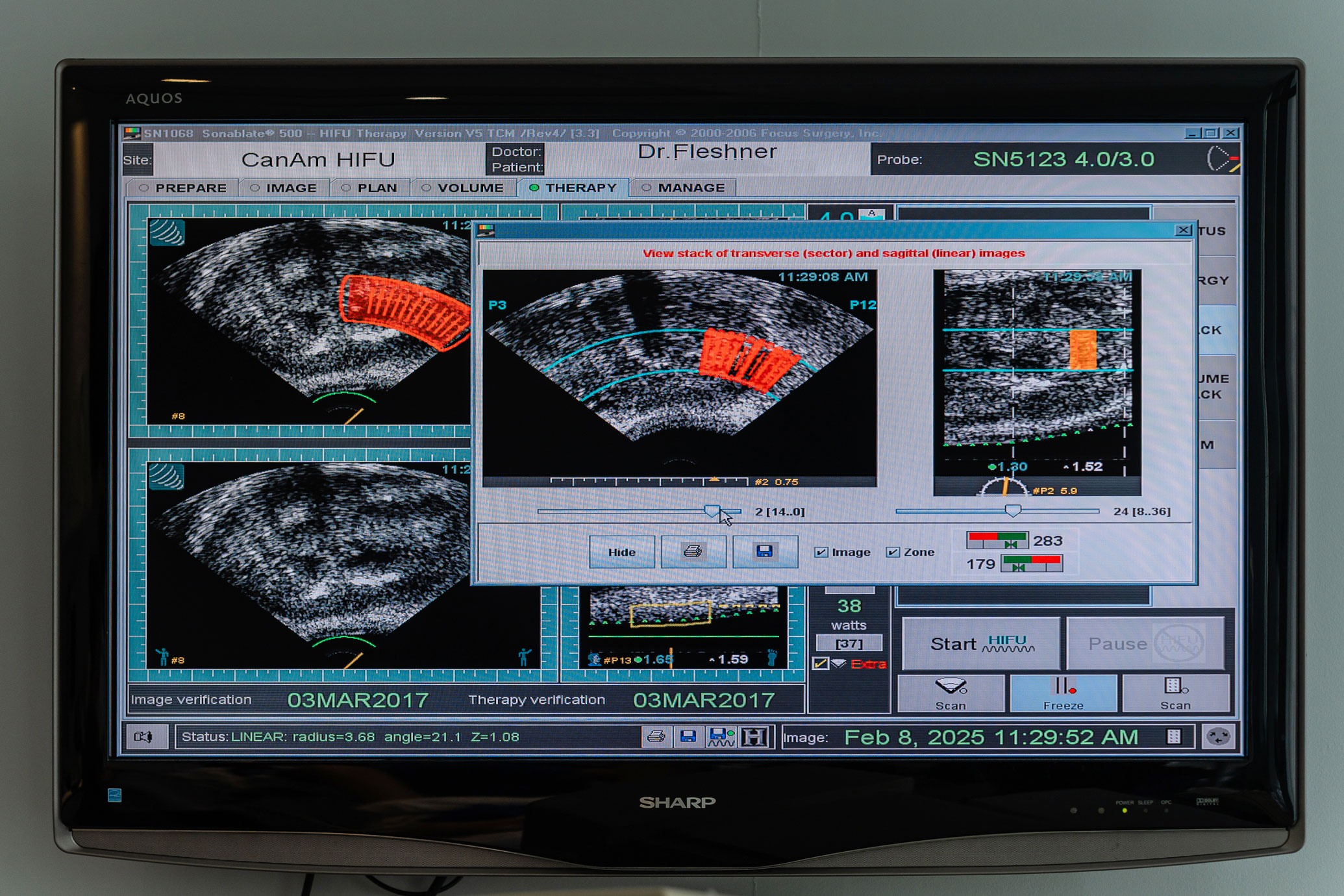When faced with a rising PSA, most men enter a familiar pathway in the public system: referrals, waiting, diagnostic steps one after another. For many, it feels slow and uncertain — especially when the final options are surgery or radiation. This patient’s story highlights both the challenges and the possibilities of looking beyond the usual route.
After about three years of increasing PSA numbers my family doctor became concerned enough to refer me to a regional prostate diagnostic clinic. It took seven months, during which time I had to advocate proactively, to get a physical examination which determined that I should have an MRI which determined that I should have a biopsy.
Delays like this are common. In Canada’s public system, prostate cancer diagnosis can stretch across many months, leaving men anxious while the PSA continues to rise.
I was then presented with two options, neither of which were appealing. I could perhaps be treated with radiation or I could go radical and have surgery. The surgeon told me matter-of-factly that most patients are down to wearing one diaper a day after the first year and that if I wanted to have sex I could take Viagra.
This blunt conversation is a reality for many men: the standard options are effective at controlling cancer, but they come with major trade-offs in continence and sexual function.
After exhaustively researching what other options there might be I discovered Can-Am HIFU (a UIC company), a private clinic in Toronto. Mary Duggan was professional and informative in my initial inquiries. I was able to provide her with all the data that was needed. Luckily I met the criteria to qualify for HIFU treatment and was passed along to Dr. Barkin.
For men who meet the medical criteria, HIFU (High Intensity Focused Ultrasound) offers another path: focal therapy for localized prostate cancer that targets the cancer while aiming to preserve quality of life. Access to focal therapies like HIFU or IRE is not available through the public system in Canada — which is why some men explore private treatment options.
The procedure was performed one month later. I walked back to the hotel a couple hours after, feeling like I had been kicked in the balls, but I drove home the following day. Wearing a catheter for two weeks was by far the most uncomfortable part of the process. Thankfully my initial follow up PSA tests have been very good.
Compared with radical surgery, HIFU is an outpatient procedure with short recovery times. While the catheter period is still required, the return to normal activity is much quicker. Early follow-up results are often encouraging.
Dr. Barkin was excellent. Experienced, calm and a good communicator. I have had few side effects since the catheter came out. I’m still able to enjoy intimacy even though it has changed somewhat, but it was changing anyway with age.
For this patient, HIFU offered both peace of mind and preserved quality of life — the two outcomes most men hope for when faced with prostate cancer.
Why This Story Matters
Prostate cancer treatment in Canada often defaults to surgery or radiation, but those aren’t the only options. For men who meet medical criteria and choose private care, focal therapies such as HIFU or IRE provide less invasive alternatives to surgery or radiation for men with localized prostate cancer.
At Urology Innovations Canada, we specialize in advanced diagnostic and treatment options — including HIFU and IRE — with a commitment to accuracy, safety, and doing less harm.
If you’ve been told your only choices are surgery or radiation, we encourage you to explore whether focal therapy like HIFU or IRE could be right for you.

